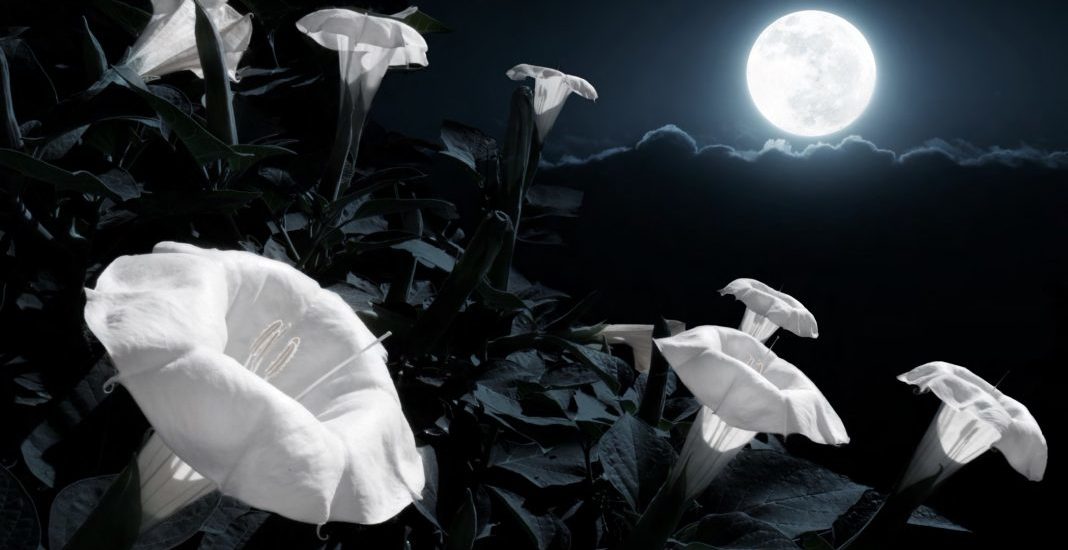
“The moon replenishes the earth; when she approaches it, she fills all bodies, while, when she recedes, she empties them.”
—from Natural History by Pliny the Elder, first century Roman naturalist
For centuries, men and women have farmed by the light of the moon, charting celestial cycles to pinpoint the best moment for the magic to happen, when tiny seeds and tender plantings, lovingly tended, shoot up and grow into a soulful and nourishing harvest.
The system, now known as biodynamic agriculture, is a practice leavened with scientific and spiritual mojo. “Biodynamic agriculture works with the rhythm of the cosmos and the earthly rhythm,” says Eduardo Rincon, president of the Biodynamic Association of Mexico. “And the intention of working with those cycles is to employ good soil, good plants, and a good soul—consciousness, or part of the intention we put into healing ourselves.”
Biodynamics is a form of sustainable agriculture that employs regenerative practices. It grows out of respect for the earth—no synthetic pesticides, fungicide, fertilizers—and a loving appreciation for the soil and ways to sustain it. Among its goals are to reduce carbon emissions that can lead to climate change, employ crop rotation, improve water quality, and use biodiversity so that waste in one area fuels another in an interdependent system.
In many ways, biodynamics overlaps with organic farming: Both strive to form a relationship with nature, but the psycho-spiritual philosophy of biodynamics goes well beyond. At its core it is a meld of astrology, homeopathy, and mysticism rooted in the work of Austrian philosopher Rudolf Steiner, founder of the renowned Steiner Schools. Steiner picked up knowledge from the Ancient Greeks, down through the Middle Ages, and added a spiritual component when he brought it forward into modern times.
“Whether it’s working with soil, water, animals—we’re all directly involved in a daily practice of entering into harmony with nature,” says Rincon. “However, within organic agriculture, there’s a heavy focus on the physical manipulation of substances—land, plants, and minerals that we’re here to use up. In biodynamics, it’s more of a movement, a consciousness, a cosmological approach. We are called to try to perceive, within our own organism, the spiritual reality behind the natural world, to see the divine in nature. The real goal is to take what proceeds from that spiritual insight and put it to practical use.”
Spiritualism and the Occult
Not surprisingly, Steiner was a controversial figure.
In Steiner’s time—the late 19th to early 20th century—spiritualism and the occult were extremely fashionable. People were attending seances and dabbling in mysticism. Steiner was an avid proponent of theosophy, a popular philosophical movement founded in 1875, with teachings about God and the world based on mystical insight. Steiner’s self-professed “spiritual sciences” evolved from theosophy and led him to create reforms in education and agriculture. Steiner also founded a school of philosophy known as anthroposophy, based on belief in the existence of an objective spiritual world that humans can access through inner development or, as we might say now, “working on our ourselves.”
Around the same time, in 1906, a Swedish landscape painter named Hilma af Klint had a breakthrough in her Stockholm studio. Af Klint’s work, which The New Yorker called “visionary,” was shown recently at the Guggenheim Museum in New York City. Some art historians, including Guggenheim Museum curator Tracey Bashkoff, are now claiming af Klint as the first abstract painter. Whether or not that proves to be true, af Klint—a mystic who studied theosophy and anthroposophy and had been attending seances since she was seventeen—had undoubtedly created a new visual vocabulary. Her strangely beautiful, compelling, and otherworldly paintings, with their esoteric loops, tunnels, and abstract shapes that appear to have been channeled from another realm, first appeared in 1906, six years before abstract masters Wassily Kandinsky, Piet Mondrian, and Kazimir Malevich, long considered the first abstract painters, showed theirs.


At the very center of your being you have all the answers; you know who you are and you know what you needed.